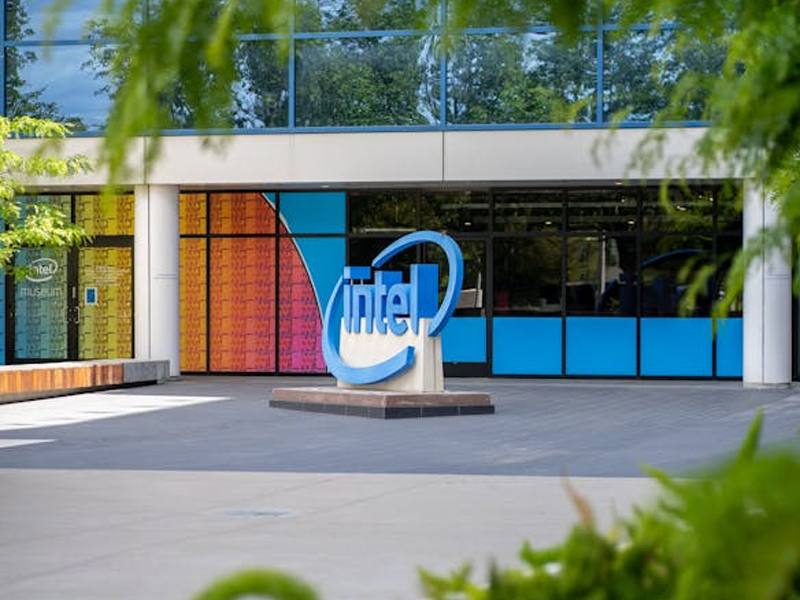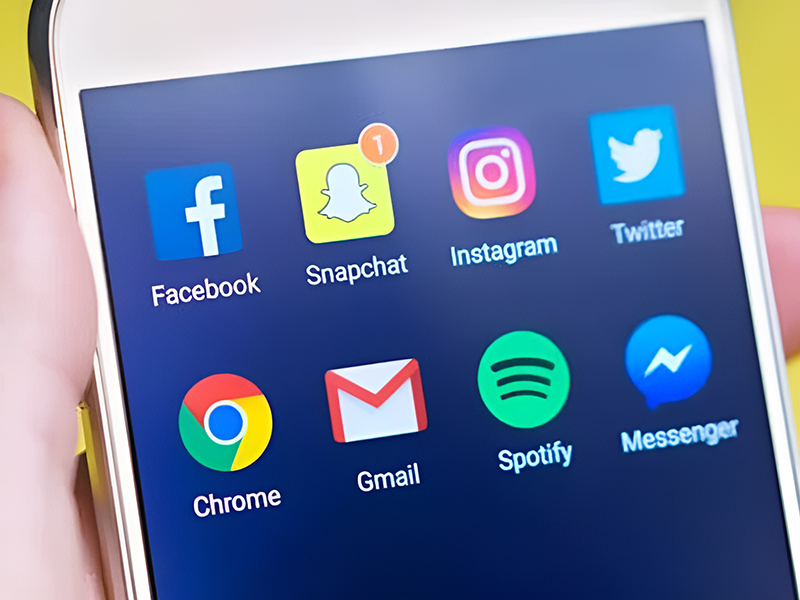Classroom Technology Changing the Way Kids And Adults Learn
Uncategorized
 With the advent of technology in the classrooms, much has changed in the forefront of education. Technology has influenced not just the way teachers teach in the classroom, but also the way students receive the education. When students make use of technology for communicating in class, they play an active role. Students are no longer just passive recipients of information, which is transmitted by teacher. Nowadays, students make choices regarding the way they desire to receive information and deduce it for their benefit. Earlier, classrooms were typically led by teachers. Now, there is much more happening in the classrooms with students and teachers coming together on a platform to make education much more accessible and useful.
The changing role of teachers and students
Gone are the days when it was onus of just the teacher to assess the progress made by students, that too either annually or at regular intervals. Now, students define their goals on their own, make decisions, and evaluate their progress much more frequently. Students are no longer the satellites that revolve around the planet i.e. the teacher. Earlier, teacher was the only source of dispensing information to the kids. However, this has changed. Students have many more ways of receiving education, right from television, internet, mobile and other sources. The role of teacher has now become that of a facilitator who offer guidelines to the students and help them gain much more out of education. Now a days, students work on products that are supported by technology.
The ambience of the classrooms
If one remembers the working style of traditional classrooms, a picture of teacher giving lectures to the students comes to mind. A typical blackboard full of notes, students trying to note down running lectures and similar things were very common in those days. The introduction of technology in classroom has changed many things. Chalkboards have now been replaced with smart boards. Smart boards refer to electronic tools that allow teachers to create an interactive ambience. The teacher can play videos using the projector, conduct live assignments and initiate discussions that are much more dynamic as opposed to earlier days. Teachers can even draw electronically on the smart boards and pass on the notes to students via digital medium. Students are not required to take running notes as everything that teacher says could be recorded.
The future of classrooms
Classrooms are no longer brick and mortar structures. In many cases, teachers and students are not even present in one room. Every student is at a different place and cannot view each other personally. The teacher is taking classes from a different place altogether. This is a typical representation of a digital classroom where classes are being taken online. Nowadays, students take notes on their tablets, participate in virtual assignments and the teacher e-mails the homework instead of writing it on the board. Textbooks have long been replaced with digital mediums that impart education to kids. Without a single doubt, technology has changed the way classes are being conducted and the manner in which education is being imparted to students.
With the advent of technology in the classrooms, much has changed in the forefront of education. Technology has influenced not just the way teachers teach in the classroom, but also the way students receive the education. When students make use of technology for communicating in class, they play an active role. Students are no longer just passive recipients of information, which is transmitted by teacher. Nowadays, students make choices regarding the way they desire to receive information and deduce it for their benefit. Earlier, classrooms were typically led by teachers. Now, there is much more happening in the classrooms with students and teachers coming together on a platform to make education much more accessible and useful.
The changing role of teachers and students
Gone are the days when it was onus of just the teacher to assess the progress made by students, that too either annually or at regular intervals. Now, students define their goals on their own, make decisions, and evaluate their progress much more frequently. Students are no longer the satellites that revolve around the planet i.e. the teacher. Earlier, teacher was the only source of dispensing information to the kids. However, this has changed. Students have many more ways of receiving education, right from television, internet, mobile and other sources. The role of teacher has now become that of a facilitator who offer guidelines to the students and help them gain much more out of education. Now a days, students work on products that are supported by technology.
The ambience of the classrooms
If one remembers the working style of traditional classrooms, a picture of teacher giving lectures to the students comes to mind. A typical blackboard full of notes, students trying to note down running lectures and similar things were very common in those days. The introduction of technology in classroom has changed many things. Chalkboards have now been replaced with smart boards. Smart boards refer to electronic tools that allow teachers to create an interactive ambience. The teacher can play videos using the projector, conduct live assignments and initiate discussions that are much more dynamic as opposed to earlier days. Teachers can even draw electronically on the smart boards and pass on the notes to students via digital medium. Students are not required to take running notes as everything that teacher says could be recorded.
The future of classrooms
Classrooms are no longer brick and mortar structures. In many cases, teachers and students are not even present in one room. Every student is at a different place and cannot view each other personally. The teacher is taking classes from a different place altogether. This is a typical representation of a digital classroom where classes are being taken online. Nowadays, students take notes on their tablets, participate in virtual assignments and the teacher e-mails the homework instead of writing it on the board. Textbooks have long been replaced with digital mediums that impart education to kids. Without a single doubt, technology has changed the way classes are being conducted and the manner in which education is being imparted to students.
You Might Be Interested In:
- Mixed Signals: Decoding Intel’s Stock Slump Despite Earnings Beat
- Beyond Likes and Followers: Exploring the Evolving Landscape of Social Media
- Is TikTok Facing a US Ban? Decoding the New Law and Its Impact on Millions of Users
- Click, Buy, Pollute? Environmental Impact of Online Shopping and Ways for Sustainable E-commerce
Frequently Asked Questions?

01
Blockchain Technology
Mixed Signals: Decoding Intel’s Stock Slump Despite Earnings Beat
Apr 29, 2024

01
Cybersecurity
Beyond Likes and Followers: Exploring the Evolving Landscape of Social Media
Apr 28, 2024
01
Tech news
Is TikTok Facing a US Ban? Decoding the New Law and Its Impact on Millions of Users
Apr 27, 2024

01
Blockchain
The High Price of Crypto: Environmental Cost of Mining and Solutions for a Greener Future
Apr 25, 2024
SUSBSCRIBE TO OUR NEWSLETTER
Join our subscribers list to get the latest news and special offers.
Mixed Signals: Decoding Intel’s Stock Slump Despite Earnings Beat
Beyond Likes and Followers: Exploring the Evolving Landscape of Social Media
Is TikTok Facing a US Ban? Decoding the New Law and Its Impact on Millions of Users
Click, Buy, Pollute? Environmental Impact of Online Shopping and Ways for Sustainable E-commerce